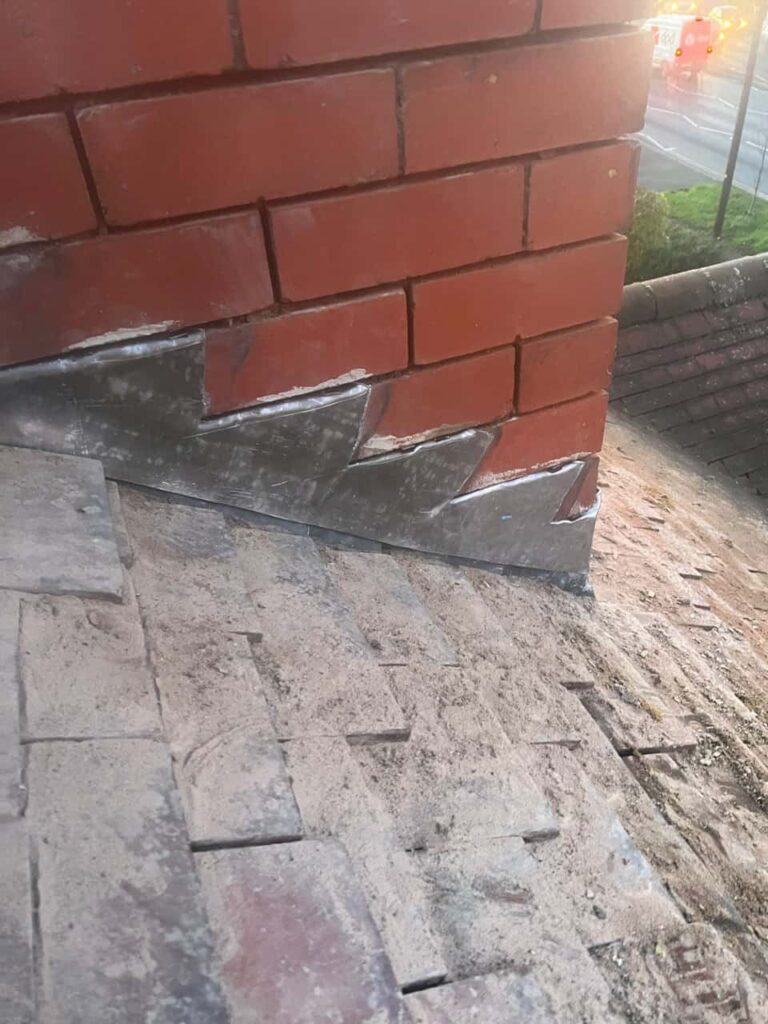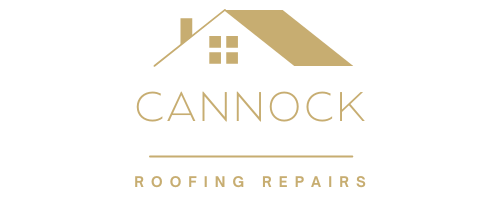When it comes to your home’s energy efficiency, most people think about insulation, double-glazing, or energy-efficient appliances. However, one of the biggest contributors to heating and cooling costs is often overlooked: your roof. Specifically, your pitched roof could be the reason you’re losing more money than necessary on energy bills. Understanding the energy efficiency of your roof and taking the necessary steps to improve it can result in long-term savings and a more comfortable home.
How a Pitched Roof Affects Energy Efficiency
A pitched roof, due to its sloping nature, is highly susceptible to heat loss if not adequately insulated. Warm air rises and escapes through gaps or uninsulated sections of the roof, especially during the colder months. In the summer, the lack of proper insulation can allow the heat from the sun to seep into your home, making it harder and more expensive to cool down. Essentially, a poorly insulated pitched roof can cause your heating and cooling systems to work overtime, leading to increased energy consumption and higher bills.
The issue of energy efficiency with pitched roofs often stems from older roofs, where the insulation may be insufficient or degraded over time. Even if your roof is relatively new, the type of materials used and the installation process can impact its ability to retain heat effectively.
The Hidden Costs of Inefficient Roofs
If your pitched roof is not performing optimally, you could be unknowingly losing a significant amount of heat and air conditioning. This can result in:
- Higher Heating Costs: In the winter, the warmth you’ve paid for escapes through gaps in your roof, making your heating system work harder to maintain a comfortable temperature.
- Increased Cooling Costs: In summer, if the roof is not properly insulated, heat can seep in, raising the internal temperature of your home. This will lead to higher air conditioning costs as your cooling system struggles to keep up.
- Environmental Impact: Inefficient roofs contribute to higher carbon footprints. The more energy your home uses, the more strain is placed on energy resources, which ultimately affects the environment.
- Reduced Comfort: A poorly insulated roof can lead to inconsistent temperatures in your home, with cold drafts in the winter and an uncomfortably warm atmosphere during the summer months.
The Energy Efficiency Secret: Roof Insulation
So, how can you tackle these issues and stop wasting money? The solution lies in improving your roof’s insulation. Proper insulation can dramatically improve the energy efficiency of your home and is one of the most effective ways to reduce heating and cooling costs. Here are some ways you can enhance your roof’s insulation:
1. Adding Insulation to the Roof Space
If your home has an attic or loft space, adding or upgrading the insulation in this area is one of the most effective ways to prevent heat from escaping. Modern materials, such as spray foam or reflective insulation, can help keep heat in during winter and block it out during summer.
2. Ventilation Systems
Proper roof ventilation plays a crucial role in preventing heat buildup in the summer and moisture problems in the winter. Inadequate ventilation can lead to moisture accumulation, which can degrade insulation and encourage the growth of mould or mildew. Installing ridge vents or other ventilation systems can help regulate temperature and moisture levels, improving both energy efficiency and indoor air quality.
3. High-Quality Roofing Materials
When your roof needs replacement or significant repairs, choosing energy-efficient roofing materials can be an excellent way to improve energy retention. For instance, reflective roofing materials help to reduce heat absorption, keeping your home cooler in the summer. Similarly, insulated roof tiles or shingles can provide better insulation properties compared to traditional roofing materials.
4. Seal Gaps and Cracks
Over time, gaps or cracks can form in the roof, especially in areas where the roof meets the walls or around chimneys and vents. Sealing these gaps with the right materials prevents warm air from escaping in the winter and cool air from escaping in the summer, further improving the overall efficiency of your home.
How Professional Roof Inspections Can Help
To fully assess whether your pitched roof is working as efficiently as it should, a professional roof inspection is a great first step. At Cannock Roofing Repairs, we specialise in identifying weak points in your roof’s insulation and advising you on the best solutions for energy efficiency. Our team can inspect your roof, look for signs of wear and tear, and recommend improvements that can significantly reduce your energy bills.
Conclusion
Your pitched roof could be the hidden reason you’re losing money through your energy bills. Insufficient insulation, gaps, or poor materials can cause your home’s heating and cooling systems to work harder than necessary, increasing costs and reducing comfort. By investing in proper roof insulation, ventilation, and high-quality materials, you can significantly improve your home’s energy efficiency.
At Cannock Roofing Repairs, we offer expert roof inspections and professional advice to help you make informed decisions about your roof’s energy efficiency. Don’t wait until your roof’s inefficiency starts costing you more. Contact us today to schedule an inspection and discover how we can help you save money while enhancing your home’s comfort and value.
Call us on: 01543 220 998
Click here to find out more about Cannock Roofing Repairs
Click here to complete our contact form and see how we can help with your roofing needs.

